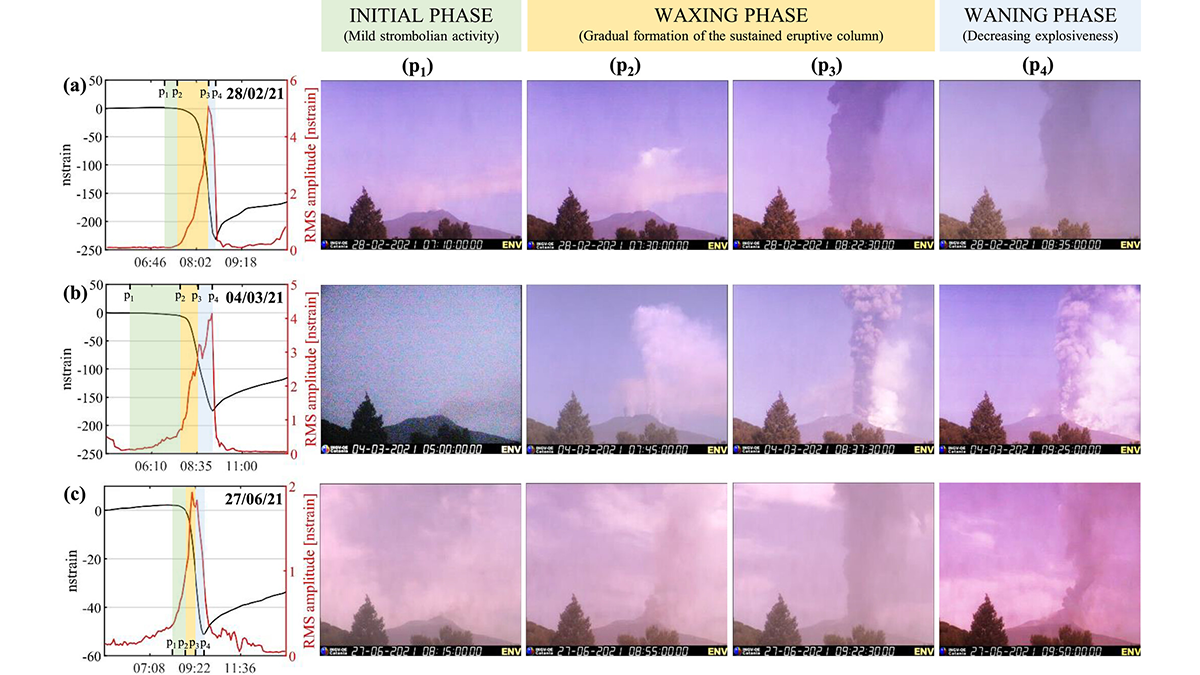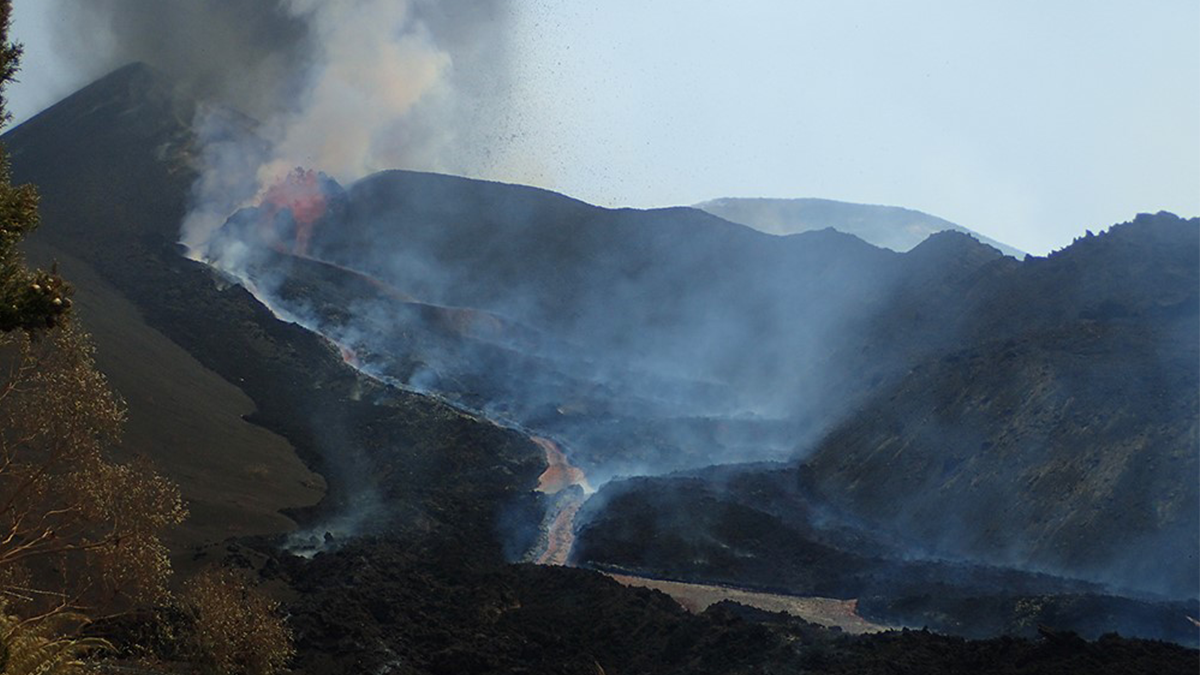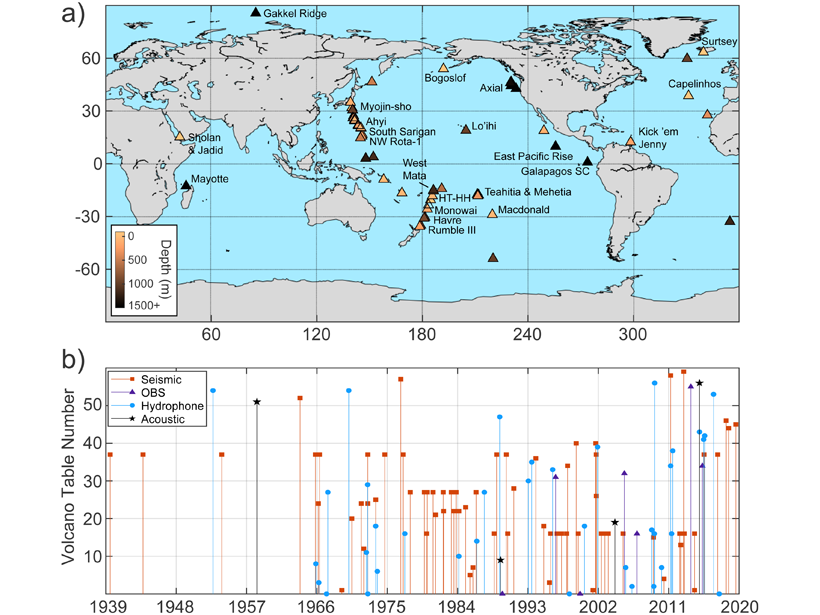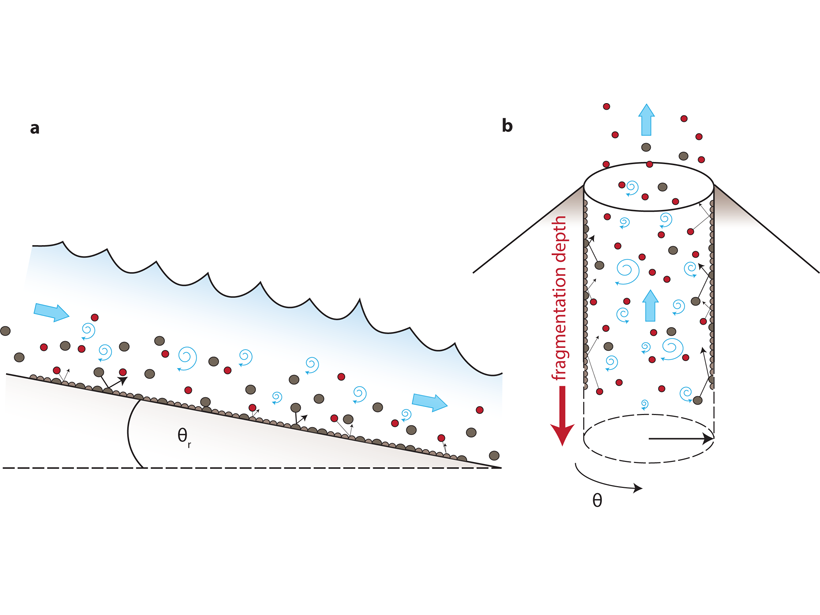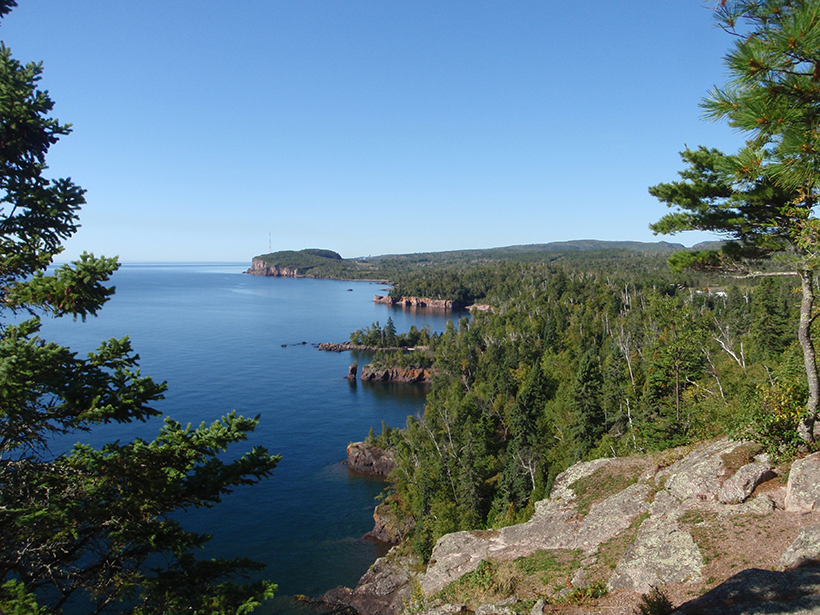Scientists use over a decade of high-resolution data to demonstrate that strain signals provide a better match to eruptive style than seismic tremors.
Gregory P. Waite
Associate Editor, JGR: Solid Earth
Posted inEditors' Vox
Dynamics of Volcanic Processes
A new cross-journal special collection invites contributions on modern approaches used to investigate dynamics of volcanic processes.
Posted inEditors' Highlights
A Comprehensive Review of Submarine Volcano Seismoacoustics
Although most of Earth’s lava erupts beneath the oceans, submarine volcanoes are comparatively understudied, but a new review of submarine volcano seismoacoustics provides a framework for future work.
Posted inEditors' Highlights
Eruption Seismic Tremor Modeled as a Fluvial Process
Impact and turbulence models for river tremor are adapted and combined into a model that predicts the amplitude and frequency content of volcanic eruption tremor.
Posted inFeatures
New Insights into North America’s Midcontinent Rift
The Midcontinent Rift has characteristics of a large igneous province, causing geologists to rethink some long-standing assumptions about how this giant feature formed.

